Health and Wellness Trends
The increasing emphasis on health and wellness is a pivotal driver for the Athleisure Clothes Market. As consumers become more health-conscious, they seek apparel that supports an active lifestyle. This trend is reflected in the rising participation rates in fitness activities, with a notable increase in gym memberships and outdoor sports engagement. The Athleisure Clothes Market benefits from this shift, as consumers prefer versatile clothing that can transition from workout sessions to casual outings. In 2025, the market is projected to reach a valuation of approximately 300 billion, indicating a robust demand for athleisure products that cater to this health-oriented demographic. Brands that align their offerings with wellness trends are likely to capture a larger share of the market.
Fashion and Style Evolution
The evolution of fashion towards more casual and comfortable styles significantly influences the Athleisure Clothes Market. As societal norms shift, consumers increasingly favor clothing that combines style with functionality. This trend is particularly evident among younger demographics, who prioritize both aesthetics and comfort in their wardrobe choices. The Athleisure Clothes Market is experiencing a surge in demand for stylish yet practical apparel, with many brands collaborating with designers to create fashionable athleisure lines. In 2025, it is estimated that athleisure will account for over 30% of the total apparel market, underscoring the importance of style in driving consumer purchasing decisions. This evolution suggests that brands must continuously innovate to meet the changing preferences of fashion-conscious consumers.
Rise of Remote Work Culture
The rise of remote work culture is reshaping consumer behavior and driving demand in the Athleisure Clothes Market. As more individuals work from home, there is a growing preference for comfortable yet presentable clothing that can be worn throughout the day. This shift has led to an increased interest in athleisure, as consumers seek versatile pieces that can be worn for both work and leisure. The Athleisure Clothes Market is capitalizing on this trend, with many brands offering collections specifically designed for remote workers. In 2025, it is anticipated that athleisure sales will see a 15% increase due to this ongoing trend, highlighting the importance of comfort in the evolving work environment. Brands that adapt to this new normal are likely to thrive in the competitive landscape.
Technological Advancements in Fabric
Technological advancements in fabric and material science are transforming the Athleisure Clothes Market. Innovations such as moisture-wicking fabrics, breathable materials, and sustainable textiles are enhancing the performance and appeal of athleisure wear. These advancements not only improve comfort during physical activities but also cater to the growing demand for sustainable fashion. The Athleisure Clothes Market is witnessing a shift towards eco-friendly materials, with a significant portion of consumers expressing a preference for sustainable options. In 2025, it is projected that the market for sustainable athleisure will grow by 20%, reflecting a broader trend towards environmentally conscious consumerism. Brands that leverage these technological innovations are likely to gain a competitive edge in the market.
Influence of Social Media and Influencers
The influence of social media and digital marketing is a significant driver for the Athleisure Clothes Market. Platforms such as Instagram and TikTok have become vital channels for brands to showcase their products and engage with consumers. Influencers play a crucial role in shaping consumer perceptions and preferences, often promoting athleisure wear as part of their lifestyle. This trend has led to increased visibility and desirability of athleisure products, particularly among younger audiences. The Athleisure Clothes Market is experiencing a surge in online sales, with e-commerce platforms reporting a 25% growth in athleisure sales in 2025. This indicates that brands leveraging social media effectively can enhance their market presence and drive sales.


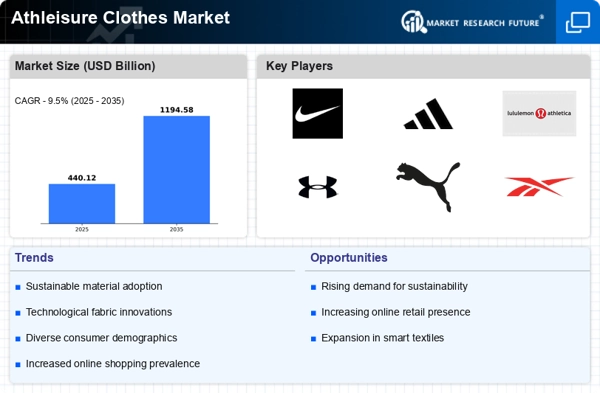
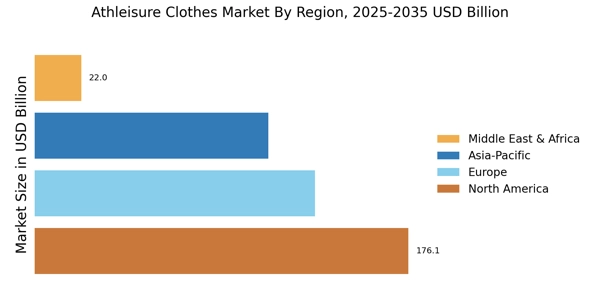
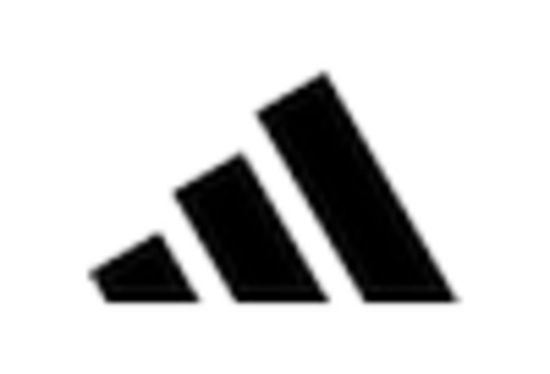
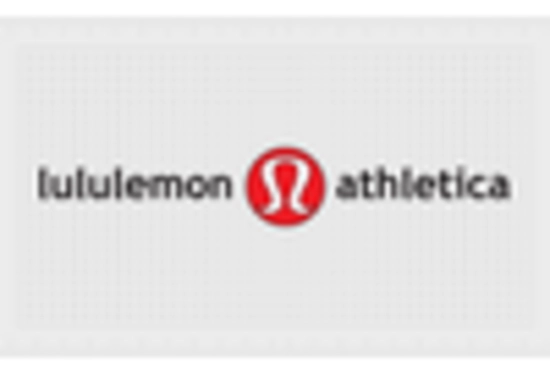
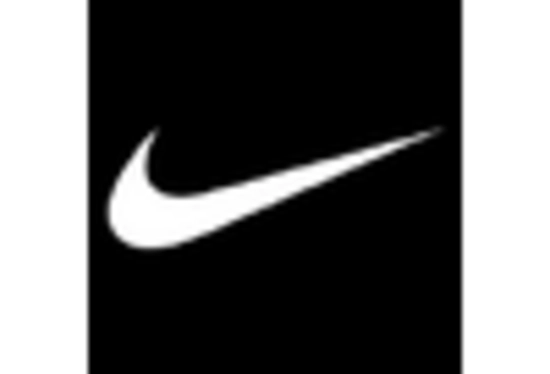
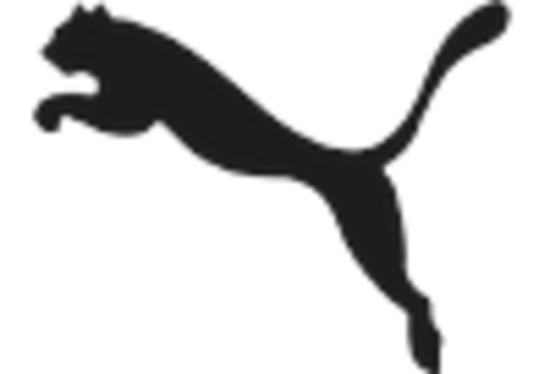
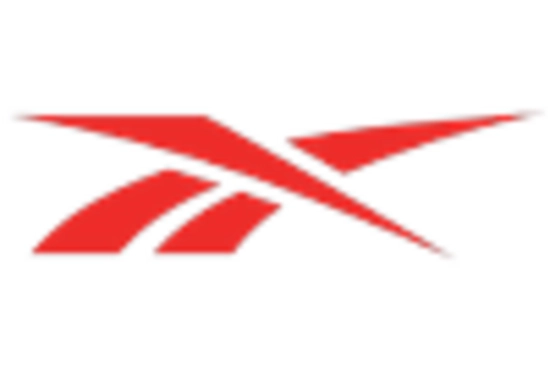
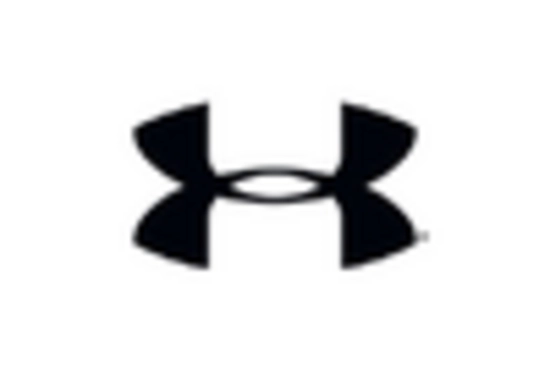








Leave a Comment